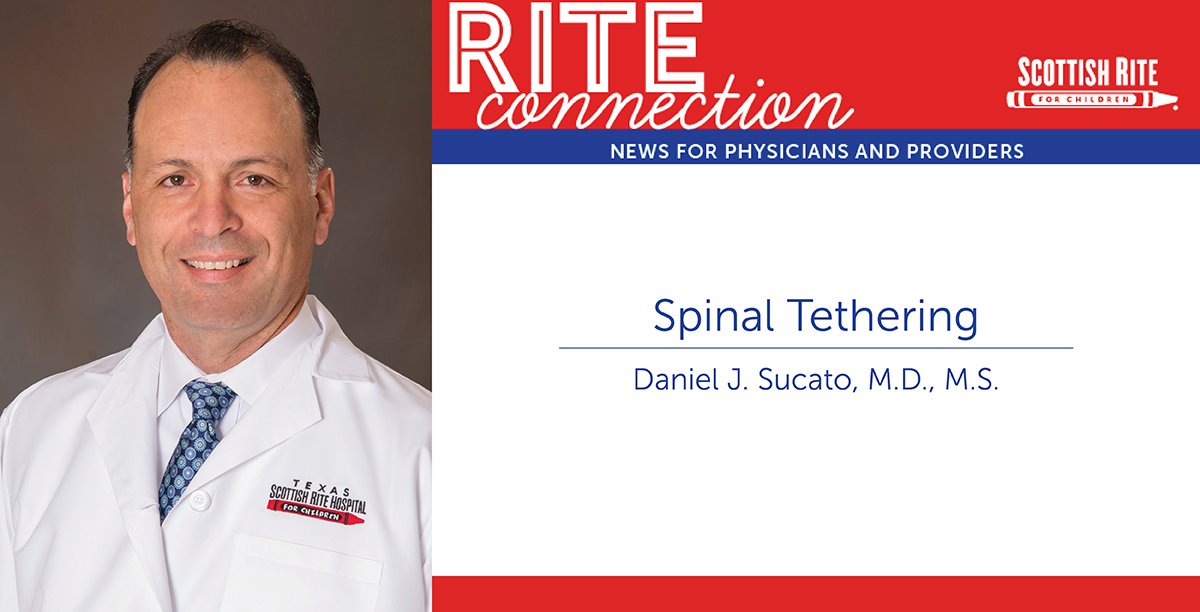Article originally published in the Pediatric Society of Greater Dallas newsletter. Written by sports medicine physician Jane S. Chung, M.D. Print the PDF The good old days of unstructured child driven “free play” has been largely replaced by the current sports...


